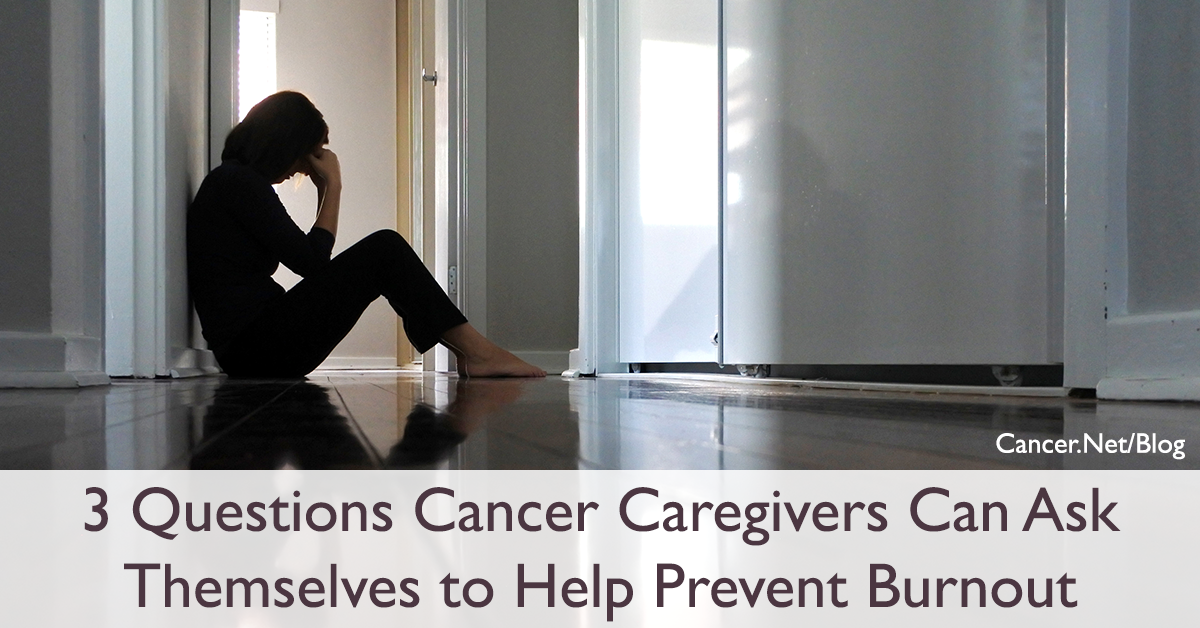
Karen Warner Schueler is the president of her own executive coaching firm and author of The Sudden Caregiver: A Roadmap for Resilient Caregiving. For nearly 2 years, Karen cared for her husband, Joel, while he had metastatic cancer. She is on a mission to change the caregiver story from one of stress and burnout to one of well-being. You can find her on Instagram, Facebook, and her website.
When my late husband, Joel, was diagnosed out of the blue with stage IV (4) cancer, I became, overnight, a caregiver. Caregivers are notorious for going it alone, and I was no different. I routinely turned down offers of help, even as Joel’s treatment intensified and the demands of care piled up around me. The more I tried, the harder it was to get everything done: managing prescriptions, calendars, and visitors; cycling through daily routines of cooking, dishes, and laundry. All of this was in addition to running my business full-time as an executive coach.
As my workload grew, so did my stress. I felt like a runner on a treadmill that kept speeding up. The faster I ran, the farther behind I got. I knew I couldn’t keep up this pace, but I saw no other choice.
Then, one day, I was coaching a particularly distressed client over the phone. He suddenly went silent mid-sentence, a sign he was choking back emotion. “I’m exhausted,” he said when he recovered his voice. “I can’t sustain this. There are no more hours in the day. I can’t win, and I can’t quit.”
I was struck. I had said that last sentence to myself 100 times. That’s when it hit me: I was on a fast track to burnout, a phenomenon I often helped others with as an executive coach. Burnout is a chronic state of physical and emotional exhaustion brought on by feeling powerless in the face of ever-rising demands. Still, it took me a while to recognize burnout in myself.
When my clients struggle with chronic work-life imbalance, I recommend they read a classic article published in the Harvard Business Review on time management called, “Who’s Got the Monkey?” Written in the 1970s, long before the rise of email, smart devices, and online calendars, the article offers a deceptively simple yet powerful way to think about demands on our time. For me, it was as good a place to start as any.
In the article, the authors pose an interesting challenge: what if we were to view the demands made on us not as mere words we jot onto our to-do lists, but instead as living, breathing, squirming monkeys? What if we viewed our demands as challenging little animals that need to be fed, cared for, and somehow contained?
As a caregiver of a spouse with cancer, much laid outside my control. For example, I couldn’t control my husband’s cancer, pain, or prognosis. I also couldn’t control the fear of the future that crept up on me in the small hours of the night. However, I could control all the things I said yes to.
For me, I did this by “screening for monkeys” and asking myself 3 questions.
1: Whose monkey is this?
Once I started screening for monkeys, or demands, I became aware of just how many I routinely said yes to that really belonged to someone else. So instead of taking on a task right away like I usually did, I would instead picture the request being asked of me as a live monkey sitting in the middle of the table. I would stop being the first to pick it up. Instead, I would just wait a bit. This felt uncomfortable at first, but eventually the monkey’s true owner would emerge. If it belonged to the person who was trying to hand it off to me, they would either own it or pass it along to someone else. If, however, it really was my monkey, then and only then would I say “yes” to it and add it to my to-do list.
2: How much do I love this monkey?
Some demands bring us joy and well-being. These are demands we want to do and are good at doing. I would hang on to as many of these lovable monkeys as I wanted to. As a caregiver, I learned that the greater my well-being was, the greater the well-being was of the person I was caring for. I also learned that when a monkey raises your well-being, the investment you make in its care and feeding will be returned to you. In other words, I would get energy from the demands, not spend it on them.
Some monkeys are ours to own no matter what. For those monkeys lower on the well-being scale, we have no choice but to say yes to them. For me, I would do so, but I would always be sure to take the following step.
3: Who can help me with this monkey?
While I was caring for my husband, I learned that I didn’t have to do everything myself. I would make a list of all those monkeys that hit my to-do list that I either didn’t want to do, didn’t like to do, or that I was just not good at. For example, I loved dinner hour with Joel, preparing a meal together and sharing the events of the day. This was an easy monkey to take on. However, keeping on top of our home repairs was challenging. Since that was something my neighbor prided himself on, that home-repair monkey went to him.
When I was able to identify the tasks I would rather let go of, I could match them up with the trusted people in my world who could help. Once I would match a person to a task—finances, errands, home repairs, you name it—I would then reach out to them and line up their help for the future.
Caregiver stress is going to happen, but caregiver burnout is not a requirement of the job. By controlling the demands coming at you and reaching out for social support from those you love and trust who love and trust you, you can reduce stress and raise your own well-being. And, just as importantly, you can reduce the stress and improve the well-being of the person in your care.
The author has no relationships relevant to this content to disclose.







